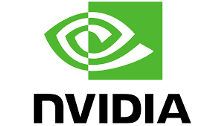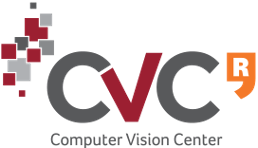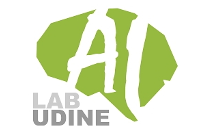The Vision Computing and Learning Lab
The Vision Computing and Learning (VCL) group conducts research in the field of computer vision and machine learning. We are interested in all aspects of image and video understanding – from low-level perception to high level interpretation – with emphasis on applications involving humans and supporting humans. In our research, we build on advances in modern machine learning and develop novel methods that by design rely on inductive biases to learn efficiently. Our goal is to build machines that see and tell, and to contribute to the advancement of AI in this context.
Keywords: detection and tracking, action recognition, text-video retrieval, anomaly classification and segmentation, neural rendering, neural architecture search, representation learning, computer vision, artificial intelligence




